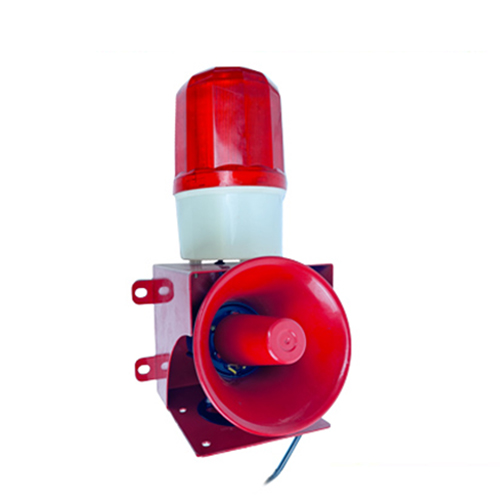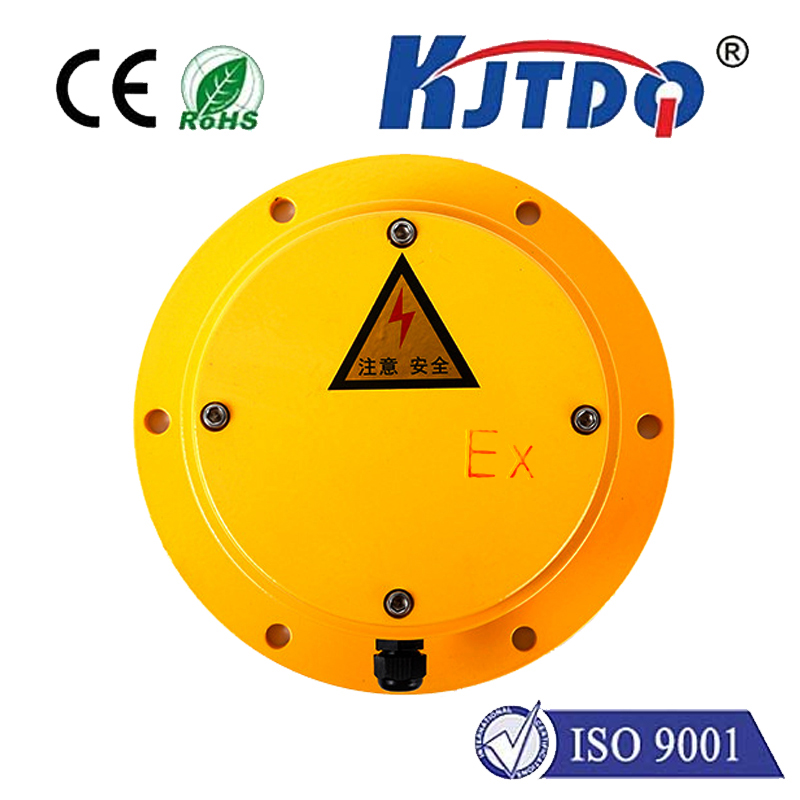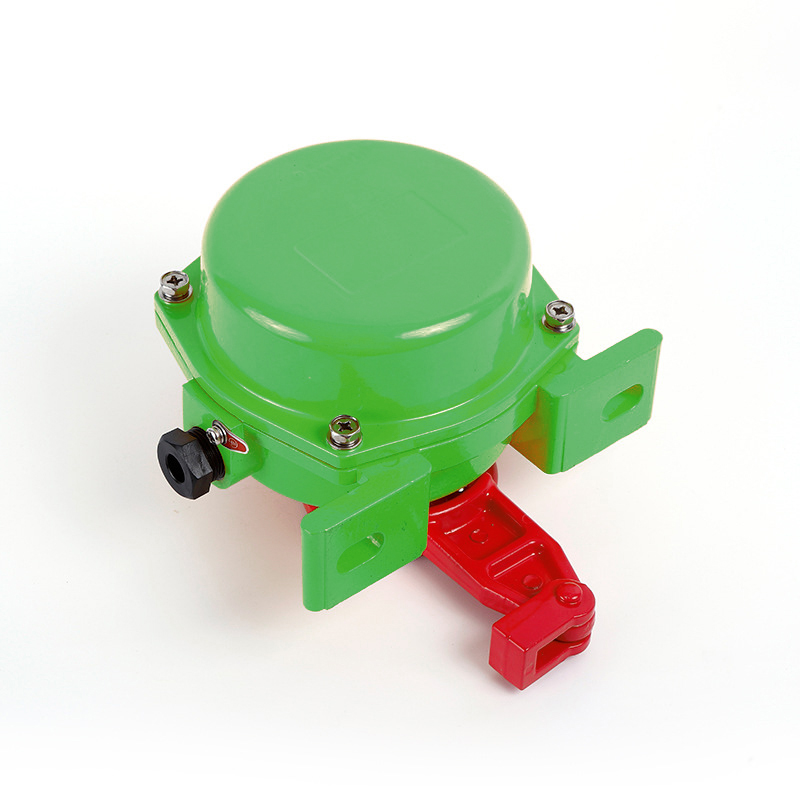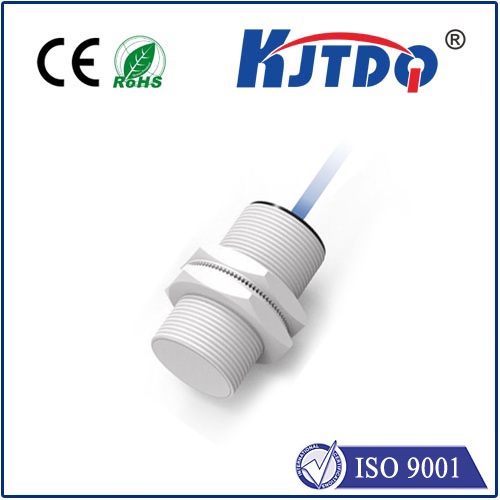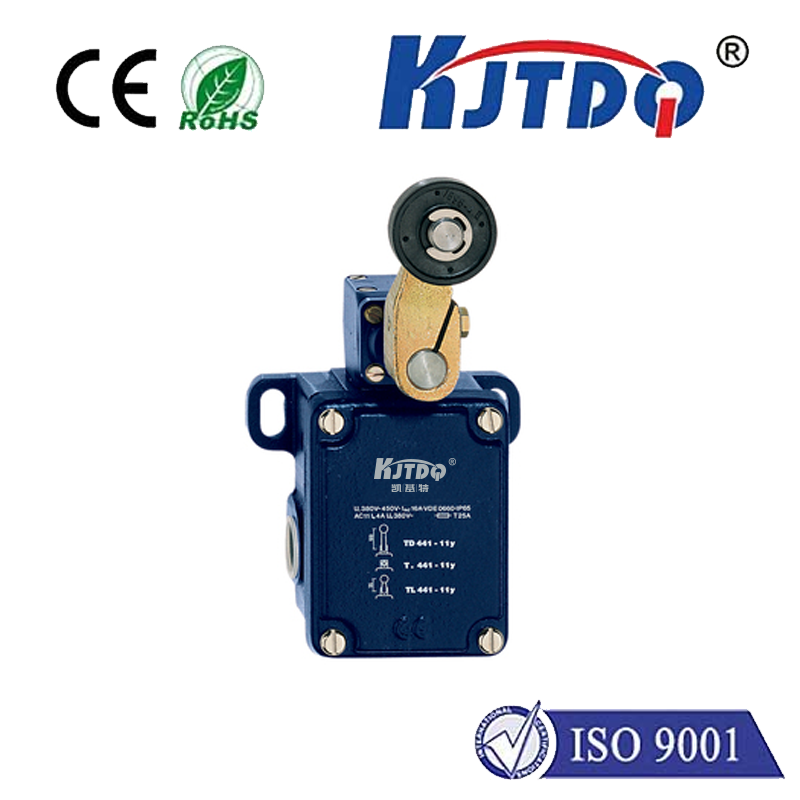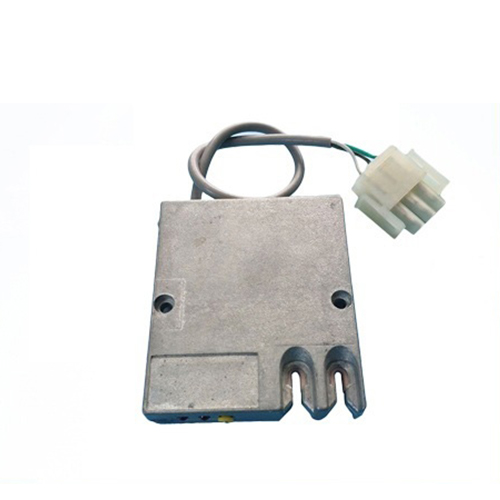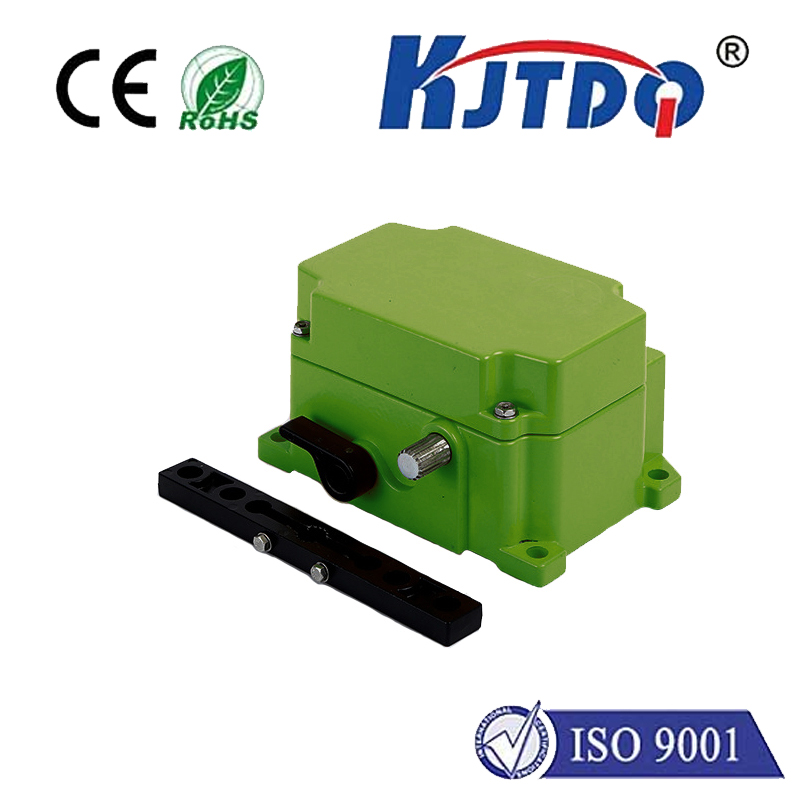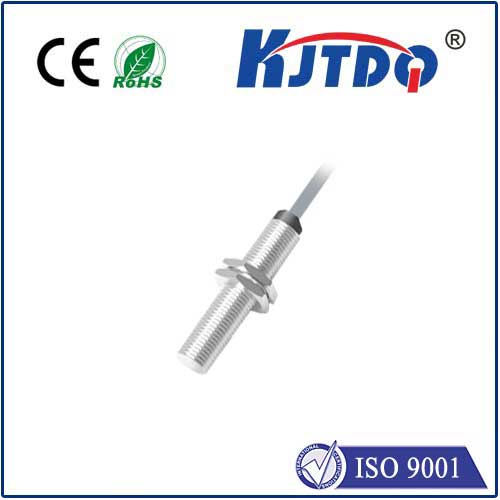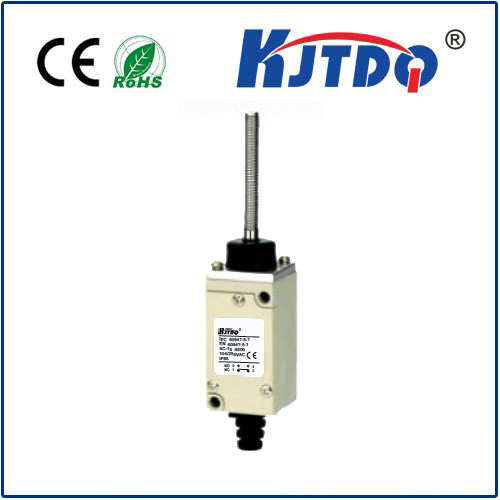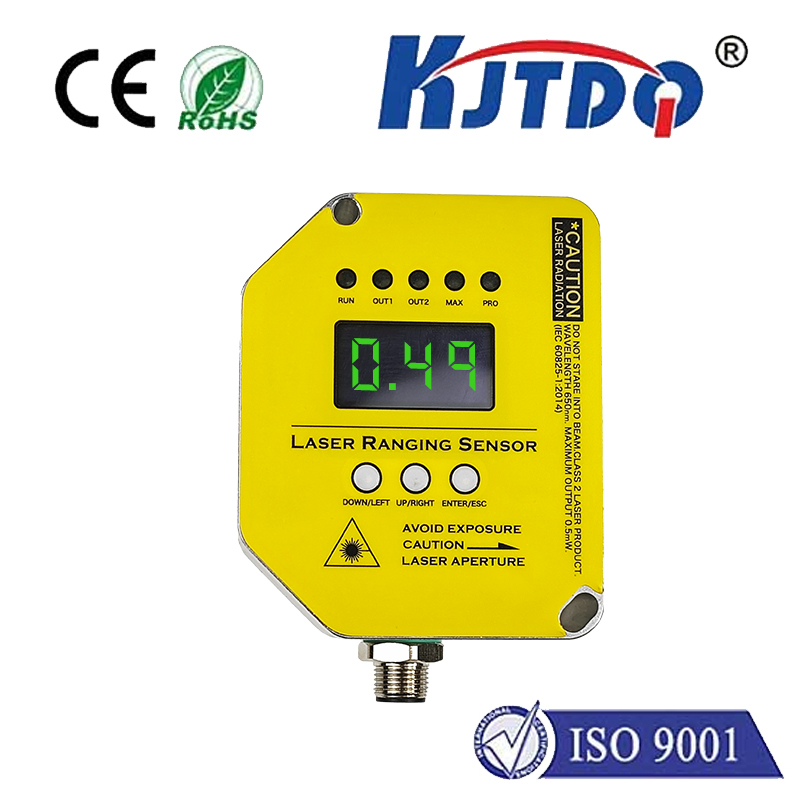photoelectric control
- time:2025-07-23 12:59:49
- Нажмите:0
Beyond the Beam: How Photoelectric Control Powers Modern Automation
Imagine a world where supermarket doors wouldn’t open automatically, production lines halted unpredictably, and packaging machines struggled to know if a box was present. This was the reality before the widespread adoption of photoelectric control. This ingenious technology, silently operating around us, leverages the fundamental properties of light to detect objects, measure distances, and trigger actions without physical contact. It is the invisible hand guiding countless automated processes, ensuring efficiency, safety, and precision in industries and daily life.
Photoelectric control fundamentally works by employing a light source (usually an LED, often infrared for reliability) and a receiver. The core principle is simple: the presence, absence, or change in the light beam reaching the receiver triggers an electrical signal within the control system. This signal then commands a machine or process – open the door, stop the conveyor, count the product, or initiate the next step. The non-contact nature is key, eliminating wear and tear while enabling high-speed detection of even small or delicate objects that mechanical switches would struggle with.
Several distinct photoelectric sensor configurations tackle different application challenges:

- Through-Beam Sensors (Opposed Mode): The most reliable for long-range detection. An emitter and receiver are positioned directly opposite each other. An object is detected when it breaks the beam path. Think of automatic doors in shops – you interrupt the beam to open them. These excel in applications demanding high reliability over distance.
- Retroreflective Sensors: Here, the emitter and receiver are housed together in a single unit. A specialized reflector, placed opposite, bounces the emitted light beam back to the receiver. An object between the sensor and reflector breaks this reflected beam, causing detection. They offer simpler wiring than through-beam but require a reflector, making them ideal for installations where running cables to both sides is impractical.
- Diffuse (Proximity) Sensors: The most common type in many industrial settings. Both emitter and receiver are in one unit. The sensor detects an object when enough of the emitted light bounces diffusely off the target’s surface and returns to the receiver. Object detection range depends heavily on the target’s size, color (reflectivity), and surface texture. This versatility makes them indispensable for counting products on a conveyor or detecting presence at close range.
Why is photoelectric control so revolutionary in automation systems? The advantages are compelling:
- Non-Contact Sensing: Eliminates mechanical wear, ensures longevity, and allows detection of fragile items.
- High Speed: Light travels fast! These sensors detect interruptions or reflections in microseconds, enabling incredibly high-speed production lines.
- Long Detection Ranges: Through-beam sensors can reliably detect objects meters away.
- Многогранность: Can detect a vast array of objects – metals, plastics, glass, liquids, wood, people – based on their interaction with light. Variations exist even for transparent or clear object detection.
- Precision & Accuracy: Capable of detecting minute objects or very small positional changes. Distance measurement versions provide continuous analog data.
- Reliability: Modern sensors incorporate sophisticated modulation techniques, ignoring ambient light interference like sunlight or room lighting for stable operation.
The applications span virtually every sector:
- Manufacturing & Packaging: Product counting, bottle/cap presence detection, label verification, jam detection on conveyors, fill level control, robotic guidance.
- Перевозка материалов: Automatic door activation, pallet detection in warehouses, elevator positioning, conveyor belt sequencing.
- Automotive: Detecting parts on assembly lines, verifying component installation, controlling paint booth doors, end-of-line testing.
- Food & Beverage: Checking fill levels in bottles/cans, verifying cap placement, detecting missing labels, monitoring package sealing.
- Building Automation: Occupancy sensing for lighting control, security beam barriers, automatic faucets and towel dispensers.
- Pharmaceuticals: Precise positioning of vials/blisters, verifying tablet count in bottles, tamper-evident seal inspection.
Modern Фотоэлектрический датчик are incredibly sophisticated. Brightness sensors can differentiate shades of gray. Contrast sensors detect marks or print on backgrounds. Color sensors identify specific hues. Laser-based versions offer pinpoint accuracy for small object detection or precise positioning. Many incorporate advanced diagnostics and teach-in functions for easy setup.
When implementing photoelectric control, considerations include the detection mode (through-beam, retro-reflective, diffuse), required sensing range, environmental factors (dust, moisture, temperature), target characteristics (size, color, reflectivity, material), and response speed. Choosing the right sensor type and properly installing it are crucial for optimal system performance and reliability. Look for features like polarization filters (to ignore shiny surfaces in retro-reflective mode) or background suppression (for reliable detection at a specific distance, ignoring objects beyond).
From the convenience of an automatic door to the relentless precision of a high-speed bottling plant, photoelectric control systems provide the essential eyes for automation. They translate the simple interaction of light and objects into powerful, reliable control signals, driving efficiency and innovation across countless industries. Mastering their principles and applications unlocks the potential for smarter, faster, and more responsive automated processes. Whether ensuring precise component placement or simply making our daily interactions with technology seamless, the unseen beam of photoelectric control continues to illuminate the path forward.

